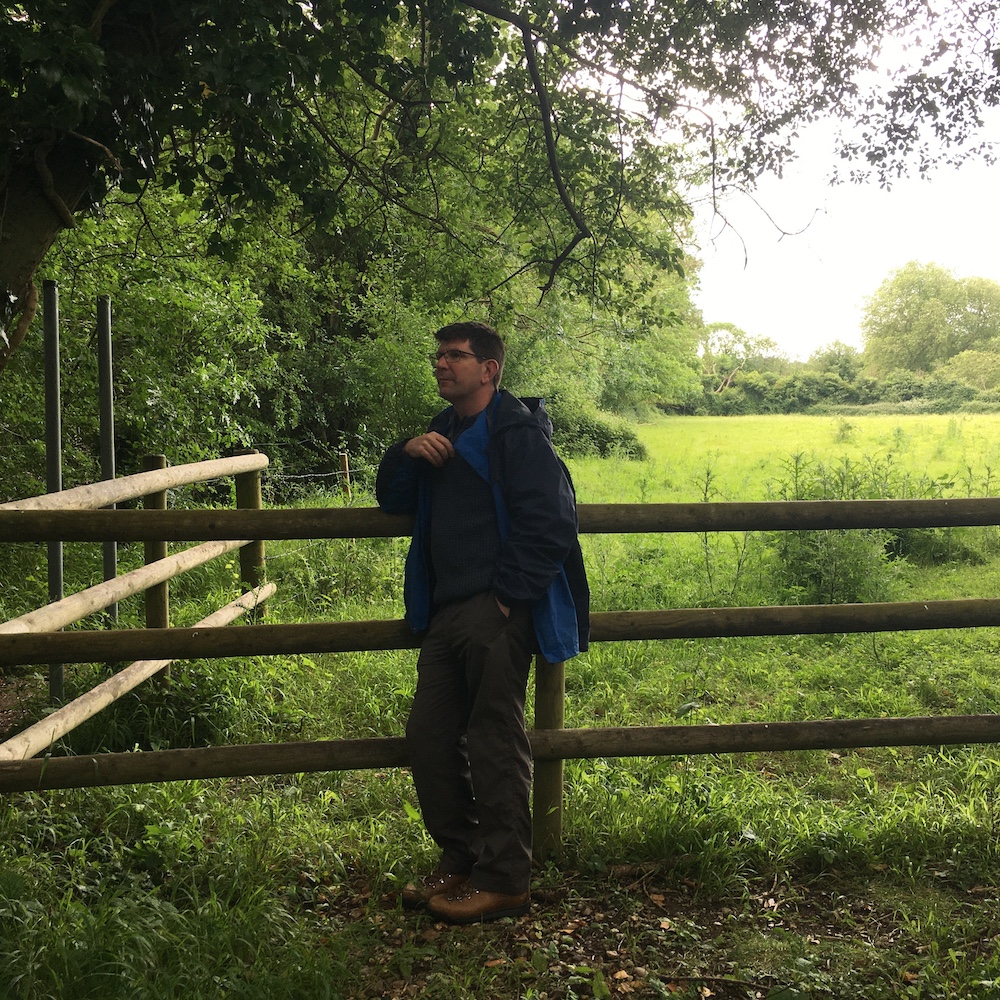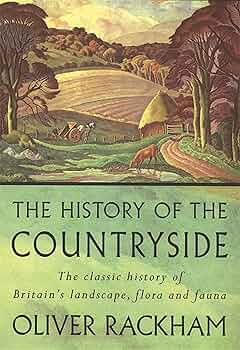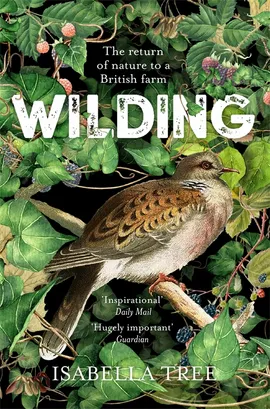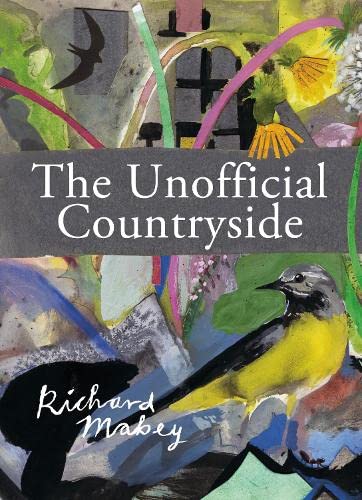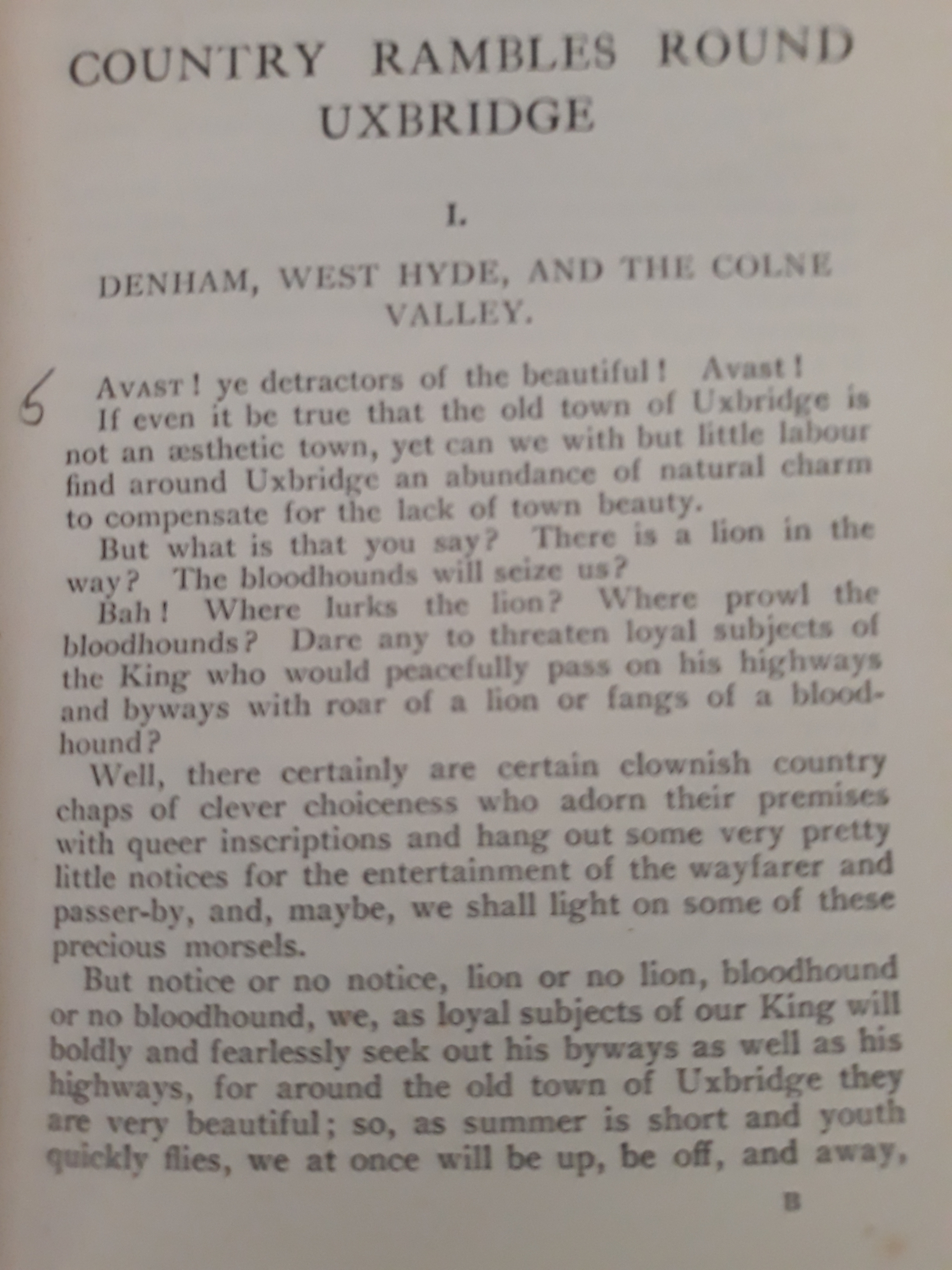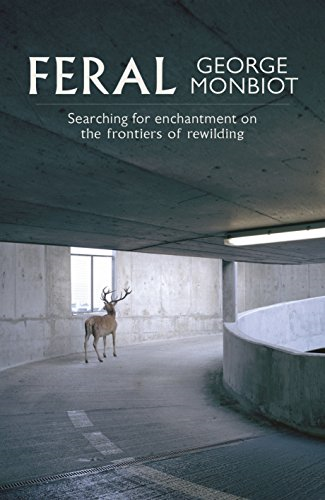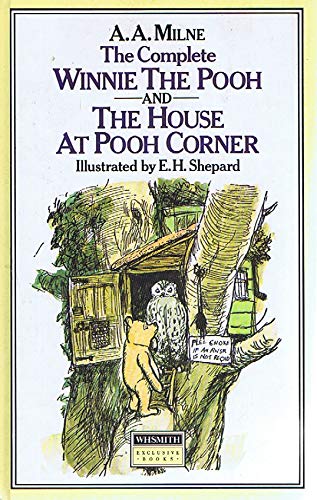Books about the countryside
Stewart Pomeroy is the Managing Agent for the Colne Valley Regional Park, leading the staff team. He has been working in the Regional Park for over twenty years in a variety of roles. Here, he shares some of his favourite reading on the countryside.
“Our mission is to introduce the delights of the Colne Valley Regional Park to as many people as possible, letting them discover its rich variety at first hand and allowing them to make the very best use of the precious countryside right on their doorstep.
This was given an unlikely boost by the Covid-19 pandemic. As people’s horizons were forcibly curtailed, thousands encountered the Park for the first time, and for many those walks in green spaces and along our waterways worked wonders for mental well-being during one of the biggest challenges the world has faced in modern times.
All this has generated heightened interest in our countryside.
Fortunately, there is a wealth of books available to help people learn more about the environment around them, making exploration on the ground so much more rewarding. The following titles are recommended merely as a taster that will help you understand how and why your local patch of ‘England’s Green and Pleasant Land’ looks and functions in the way it does.
These are some of the books that inspired me to pursue a career in countryside management in the first place, while others have challenged and shaped my thinking in more recent years.”
The History of the Countryside*, Oliver Rackham, 1986
“The landscape is like a historic library of 50,000 books. Many were written in remote antiquity in languages which have only lately been deciphered; some of the languages are still unknown. Every year fifty volumes are unavoidably eaten by bookworms. Every year a thousand volumes are taken at random by people who cannot read them, and sold for the value of the parchment. A thousand more are restored by amateur bookbinders who discard the ancient bindings, trim off the margins, and throw away leaves that they consider damaged.”
Have you ever wondered if ‘the rolling English drunkard made the rolling English road’** or whether there are other reasons for so many seemingly illogical twists and turns?
What is a sunken lane? Why do Bluebells grow in some woods and hedges but not others?
Why do some parishes have lots of footpaths and others don’t?
This book created quite a stir when it was first published and it continues to do so. It will completely change the way you understand the landscape – train journeys will never be the same again as you find yourself staring out of the window analysing the ‘time-depth‘ of the landscape and asking yourself: ‘Is that ‘ancient countryside’ or ‘planned countryside’?
Wilding: The return of nature to a British Farm, Isabella Tree, 2018
“The great concerns of our time – climate change, natural resources, food production, water control and conservation, and human health – all boil down to the condition of the soil.”
Inspired by the innovative approach taken in Holland, the owners of the Knepp Estate in Sussex describe their story of conversion of unprofitable farmland into space for nature through re-introducing natural processes rather than human interference to manage the landscape.
What can be learned from this for the countryside here on the urban fringe near Uxbridge, Rickmansworth, Slough and Staines?
There are certainly great opportunities for rewilding in the Colne Valley, but this will have to be adapted to fit the challenges we face next to our capital city. For example, there are too many motorways to enable re-introduction of large free-roaming herbivores here. But if Beavers can be reintroduced in Enfield, then what might be possible in the Colne Valley?
The unofficial countryside, Richard Mabey, 1973
“That canal side stroll was as good an antidote to the workday blues… for I had beaten off urban stresses in their own territory.”
This book is written largely about the area in and around the Colne Valley Regional Park. It focuses on the surprising wildlife to be found in unexpected places: the former gravel pits throughout the valley and the derelict areas near Heathrow.
Since then, many of the gravel pits have turned into a beautiful lakes full of wildlife, but unfortunately the quality of remaining countryside around Heathrow has continued to decline, though we are making the case to the Airport and local councils for restoring the landscape there.
Country Rambles round Uxbridge, Stephen Springall, 1907
“The Colne Valley in summer-time is by many simply worshipped…. Why the jaded chap of London looks weekly to this Colne Valley as the reviver of his hopes and healthfulness”
Use of flowery Edwardian language abounds as the author sets out on a series of walks to “find around Uxbridge an abundance of natural charm to compensate for the lack of town beauty”. The book is full of interesting rambles – both geographical and literary – and the obvious passion this chap had for the Colne Valley is infectious.
It is fascinating to compare the landscape of nearly 120 years ago with that of today. In fact, our book: Walking in the Footsteps of an Edwardian does just that. Well worth the cover price of just £6, it allows you to see at first hand how much has changed and, remarkably, just how much has survived.
Feral George Monbiot, 2013
“The environmental movement up till now has necessarily been reactive. We have been clear about what we don’t like. But we also need to say what we would like. We need to show where hope lies. Ecological restoration is a work of hope.”
A thought-provoking read about human interactions with the natural world, tracing our impact from now back to pre-historic times.
There are lots of references to ‘shifting baseline syndrome’ where people see loss of nature within their own lifetime, but don’t appreciate that what they started from was already depleted from that of their grandparents, and so on.
The supposition that the North Sea may have been clear in prehistoric times due to higher numbers of Oysters filtering the water is intriguing (though I have to say I remain rather sceptical about that)
And last but definitely not least:
Winnie the Pooh and The House at Pooh Corner, A.A. Milne, 1926 and 1928
“Through copse and spinney marched Bear; down open slopes of gorse and heather, over rocky beds of streams, up steep banks of sandstone into the heather again”
This is what life in general, and childhood in particular, is all about. What better inspiration is there to get out and discover the countryside on your doorstep?
Stewart Pomeroy
………………………
* If you want to go into more depth into this subject I also recommend ‘The making of the English landscape’ (W.G.Hoskins 1954) or any of Oliver Rackham’s books about ancient woodland.
**G.K. Chesterton, from his 1913 poem “The rolling English Road”
Tell us what you think
Do you have a favourite countryside book you’d like to tell us about, or a part of the Colne Valley Regional Park of which you are particularly fond? Share your views with us on Facebook, Twitter (X) @Colne_Valley or BlueSky @colnevalley.bsky.social. We’d love to hear from you.
